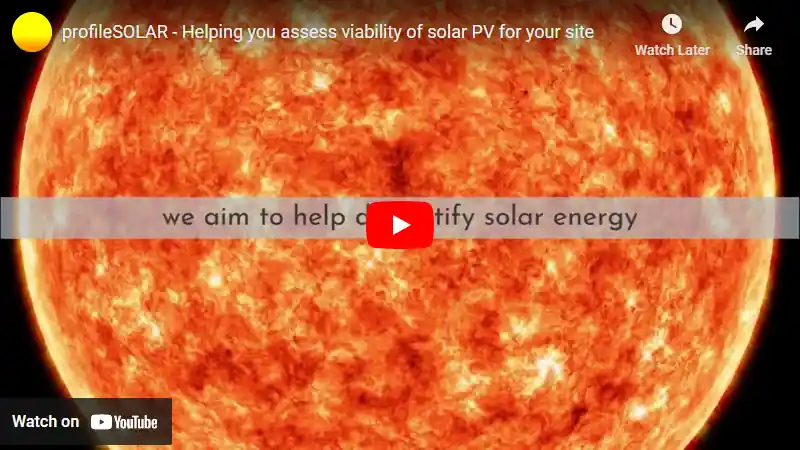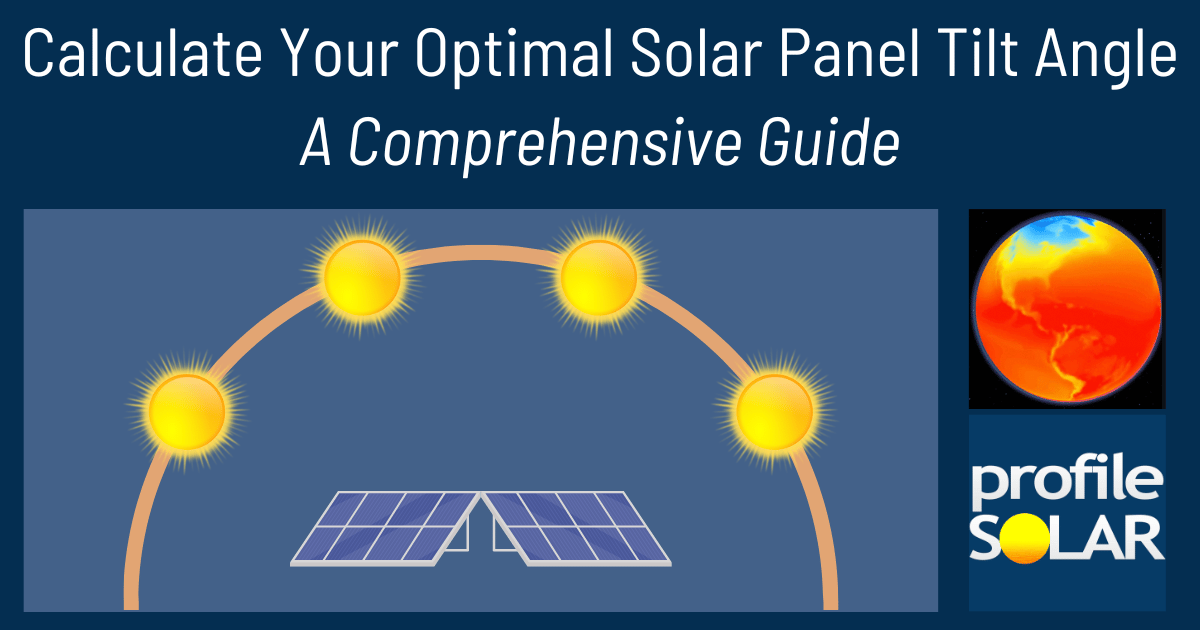

Neath, United Kingdom, located in the Northern Temperate Zone, presents moderate potential for solar PV energy generation throughout the year. The seasonal variations in energy production are quite pronounced, with significant differences between summer and winter outputs.
Seasonal Solar Production
Solar panels in Neath generate their highest output during summer months, producing approximately 5.36kWh per day for each kilowatt of installed capacity. Spring follows as the second most productive season with 4.48kWh/day per kW installed. Production drops considerably in autumn to 2.25kWh/day, while winter sees the lowest generation at just 1.01kWh/day per kW installed.
This pattern creates a roughly 5:1 ratio between summer and winter production, highlighting the seasonal nature of solar generation in this location. The combined spring and summer seasons (approximately March through August) represent the prime solar generating period in Neath, accounting for nearly 75% of the annual production.
Optimal Panel Installation
For fixed panel installations in Neath, the ideal angle to maximize year-round solar production is 44 degrees facing South. This specific tilt optimizes the capture of available sunlight throughout the year, accounting for the location's latitude and seasonal sun paths.
Environmental and Weather Considerations
Several factors may impact solar production in Neath:
- Cloud cover and rainfall: South Wales experiences significant precipitation and overcast conditions throughout the year, particularly in autumn and winter months, which can reduce solar efficiency.
- Coastal proximity: Neath's location near the coast may expose solar installations to salt spray and higher humidity, potentially accelerating degradation of components.
- Industrial pollution: The industrial heritage of the area may contribute to air pollution that can reduce solar irradiance.
To mitigate these challenges, solar installations in Neath should incorporate self-cleaning glass panels, marine-grade components where appropriate, and regular maintenance schedules. Additionally, slightly oversizing the system can help compensate for the significant winter production drop, while ensuring inverters are properly sized for the higher summer outputs.
Despite these challenges, modern solar technology can still provide worthwhile energy returns in Neath, particularly when designed with these regional factors in mind and with expectations aligned to the seasonal production patterns.
Note: The Northern Temperate Zone extends from 35° latitude North up to 66.5° latitude.
So far, we have conducted calculations to evaluate the solar photovoltaic (PV) potential in 763 locations across United Kingdom. This analysis provides insights into each city/location's potential for harnessing solar energy through PV installations.
Link: Solar PV potential in United Kingdom by location
Solar output per kW of installed solar PV by season in Neath
Seasonal solar PV output for Latitude: 51.6487, Longitude: -3.8442 (Neath, United Kingdom), based on our analysis of 8760 hourly intervals of solar and meteorological data (one whole year) retrieved for that set of coordinates/location from NASA POWER (The Prediction of Worldwide Energy Resources) API:




Ideally tilt fixed solar panels 44° South in Neath, United Kingdom
To maximize your solar PV system's energy output in Neath, United Kingdom (Lat/Long 51.6487, -3.8442) throughout the year, you should tilt your panels at an angle of 44° South for fixed panel installations.
As the Earth revolves around the Sun each year, the maximum angle of elevation of the Sun varies by +/- 23.45 degrees from its equinox elevation angle for a particular latitude. Finding the exact optimal angle to maximise solar PV production throughout the year can be challenging, but with careful consideration of historical solar energy and meteorological data for a certain location, it can be done precisely.
We use our own calculation, which incorporates NASA solar and meteorological data for the exact Lat/Long coordinates, to determine the ideal tilt angle of a solar panel that will yield maximum annual solar output. We calculate the optimal angle for each day of the year, taking into account its contribution to the yearly total PV potential at that specific location.

Seasonally adjusted solar panel tilt angles for Neath, United Kingdom
If you can adjust the tilt angle of your solar PV panels, please refer to the seasonal tilt angles below for optimal solar energy production in Neath, United Kingdom. As mentioned earlier, for fixed-panel solar PV installations, it is optimal to maintain a 44° South tilt angle throughout the year.
| Overall Best Summer Angle | Overall Best Autumn Angle | Overall Best Winter Angle | Overall Best Spring Angle |
|---|---|---|---|
| 35° South in Summer | 55° South in Autumn | 65° South in Winter | 44° South in Spring |
Our recommendations take into account more than just latitude and Earth's position in its elliptical orbit around the Sun. We also incorporate historical solar and meteorological data from NASA's Prediction of Worldwide Energy Resources (POWER) API to assign a weight to each ideal angle for each day based on its historical contribution to overall solar PV potential during a specific season.
This approach allows us to provide much more accurate recommendations than relying solely on latitude, as it considers unique weather conditions in different locations sharing the same latitude worldwide.
Calculate solar panel row spacing in Neath, United Kingdom
We've added a feature to calculate minimum solar panel row spacing by location. Enter your panel size and orientation below to get the minimum spacing in Neath, United Kingdom.
Our calculation method
- Solar Position:
We determine the Sun's position on the Winter solstice using the location's latitude and solar declination. - Shadow Projection:
We calculate the shadow length cast by panels using trigonometry, considering panel tilt and the Sun's elevation angle. - Minimum Spacing:
We add the shadow length to the horizontal space occupied by tilted panels.
This approach ensures maximum space efficiency while avoiding shading during critical times, as the Winter solstice represents the worst-case scenario for shadow length.
Topography for solar PV around Neath, United Kingdom
The topography around Neath, situated in South Wales, United Kingdom, is characterized by a diverse landscape that transitions from coastal lowlands to upland valleys and mountains. Neath itself sits in a river valley where the River Neath flows southward toward Swansea Bay, approximately 8 kilometers to the south. To the north and northeast of Neath rise the southern portions of the Brecon Beacons National Park, featuring significant upland areas with hills and mountains that gradually increase in elevation. The terrain becomes increasingly rugged in this direction, with numerous steep-sided valleys carved by rivers and streams over millennia. To the east and southeast lie the valleys of the South Wales coalfield, with a topography characterized by a series of parallel valleys separated by ridges. These valleys typically run in a north-south orientation, creating a distinctive "fingers" pattern when viewed from above. The western side of Neath transitions toward the Gower Peninsula, with more gentle rolling hills. The immediate area around Neath features a mix of urban development in the valley floor, surrounded by wooded hillsides and agricultural land on the lower slopes.
Solar PV Potential Based on Topography
For large-scale solar PV installations, several nearby areas present favorable topographic conditions: The southern coastal plain between Neath and Swansea Bay offers relatively flat terrain with minimal shadowing from mountains. These lower-elevation areas would provide good conditions for solar farms, though they compete with urban development and high-value agricultural land. Some of the south-facing slopes of the valleys to the east and northeast of Neath could be suitable for solar development. These areas benefit from a favorable orientation toward the sun's path, though steeper slopes would require more specialized installation techniques. Reclaimed industrial land around Neath, particularly former mining sites that have been leveled, presents opportunities for solar development without impacting pristine landscapes. These brownfield sites often have reduced agricultural value and may already have access to electrical infrastructure. The more elevated plateaus to the north, where they feature relatively flat areas, could be considered for solar installations, though these areas may face planning restrictions due to landscape designations and might experience more cloud cover than lower elevations. Areas to avoid would include the steeper north-facing slopes throughout the region, which receive significantly less direct sunlight, and the highest elevation areas which experience more frequent cloud cover and challenging weather conditions. Additionally, the numerous wooded areas around Neath would be less suitable due to shadowing and ecological considerations. The complex topography of the region means that site-specific assessments would be essential for any large-scale solar development, with particular attention to aspect (the direction a slope faces), gradient, and potential shadowing from nearby landforms.United Kingdom solar PV Stats as a country
United Kingdom ranks 14th in the world for cumulative solar PV capacity, with 13,689 total MW's of solar PV installed. This means that 4.00% of United Kingdom's total energy as a country comes from solar PV (that's 20th in the world). Each year United Kingdom is generating 203 Watts from solar PV per capita (United Kingdom ranks 25th in the world for solar PV Watts generated per capita). [source]
Are there incentives for businesses to install solar in United Kingdom?
Yes, there are several incentives for businesses wanting to install solar energy in the United Kingdom. The UK government offers a Feed-in Tariff (FiT) scheme which pays businesses for every unit of electricity they generate from their solar panels. Additionally, businesses may be eligible for tax reliefs such as Enhanced Capital Allowances and Renewable Heat Incentives. Finally, some local authorities offer grants or other financial support to help businesses with the cost of installing solar energy systems.
Do you have more up to date information than this on incentives towards solar PV projects in United Kingdom? Please reach out to us and help us keep this information current. Thanks!
Citation Guide
Article Details for Citation
Author: Aaron Robinson
Publisher: profileSOLAR.com
First Published: Thursday 29th of May 2025
Last Updated: Tuesday 3rd of June 2025
Tell Us About Your Work
We love seeing how our research helps others! If you've cited this article in your work, we'd be delighted to hear about it. Drop us a line via our Contact Us page or on X, to share where you've used our information - we may feature a link to your work on our site. This helps create a network of valuable resources for others in the solar energy community and helps us understand how our research is contributing to the field. Plus, we occasionally highlight exceptional works that reference our research on our social media channels.
Feeling generous?

Share this with your friends!


Compare this location to others worldwide for solar PV potential
The solar PV analyses available on our website, including this one, are offered as a free service to the global community. Our aim is to provide education and aid informed decision-making regarding solar PV installations.
However, please note that these analyses are general guidance and may not meet specific project requirements. For in-depth, tailored forecasts and analysis crucial for feasibility studies or when pursuing maximum ROI from your solar projects, feel free to contact us; we offer comprehensive consulting services expressly for this purpose.
Helping you assess viability of solar PV for your site
Calculate Your Optimal Solar Panel Tilt Angle: A Comprehensive Guide
Enhance your solar panel's performance with our in-depth guide. Determine the best tilt angle using hard data, debunk common misunderstandings, and gain insight into how your specific location affects solar energy production.







